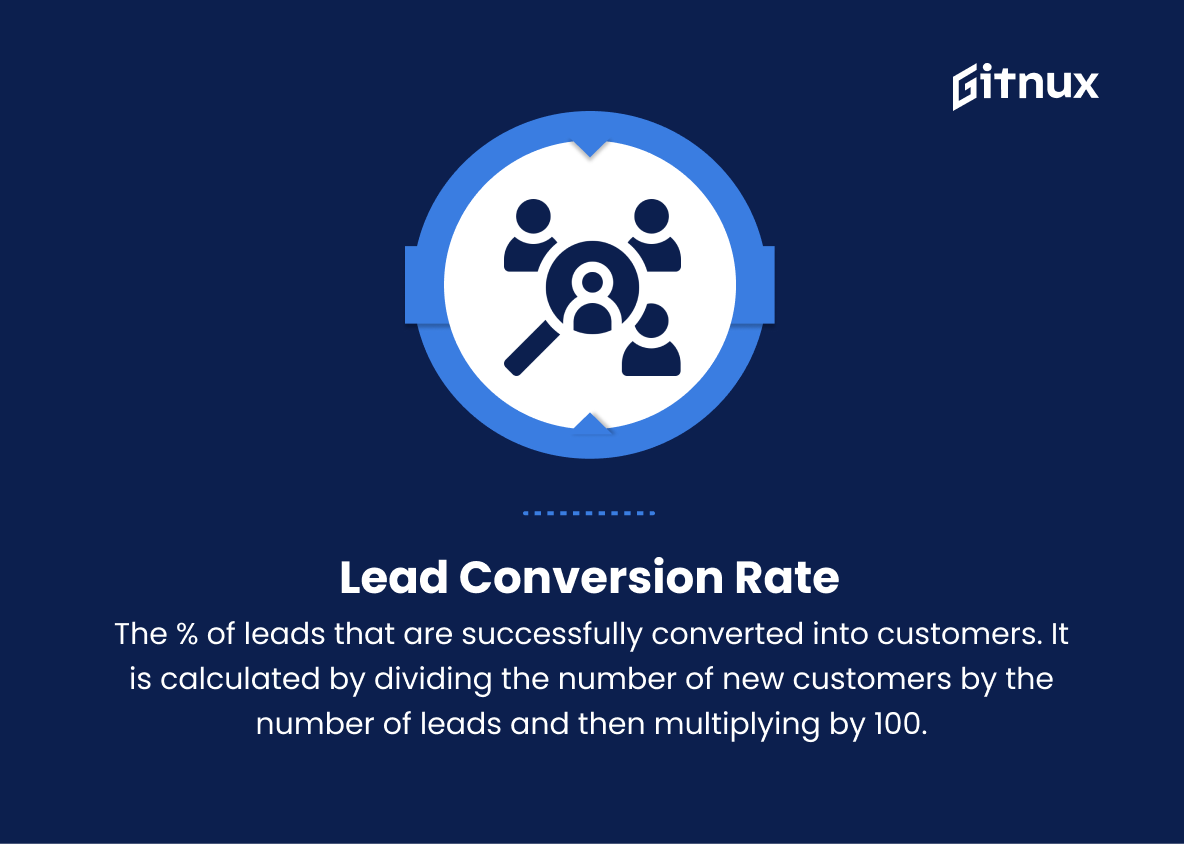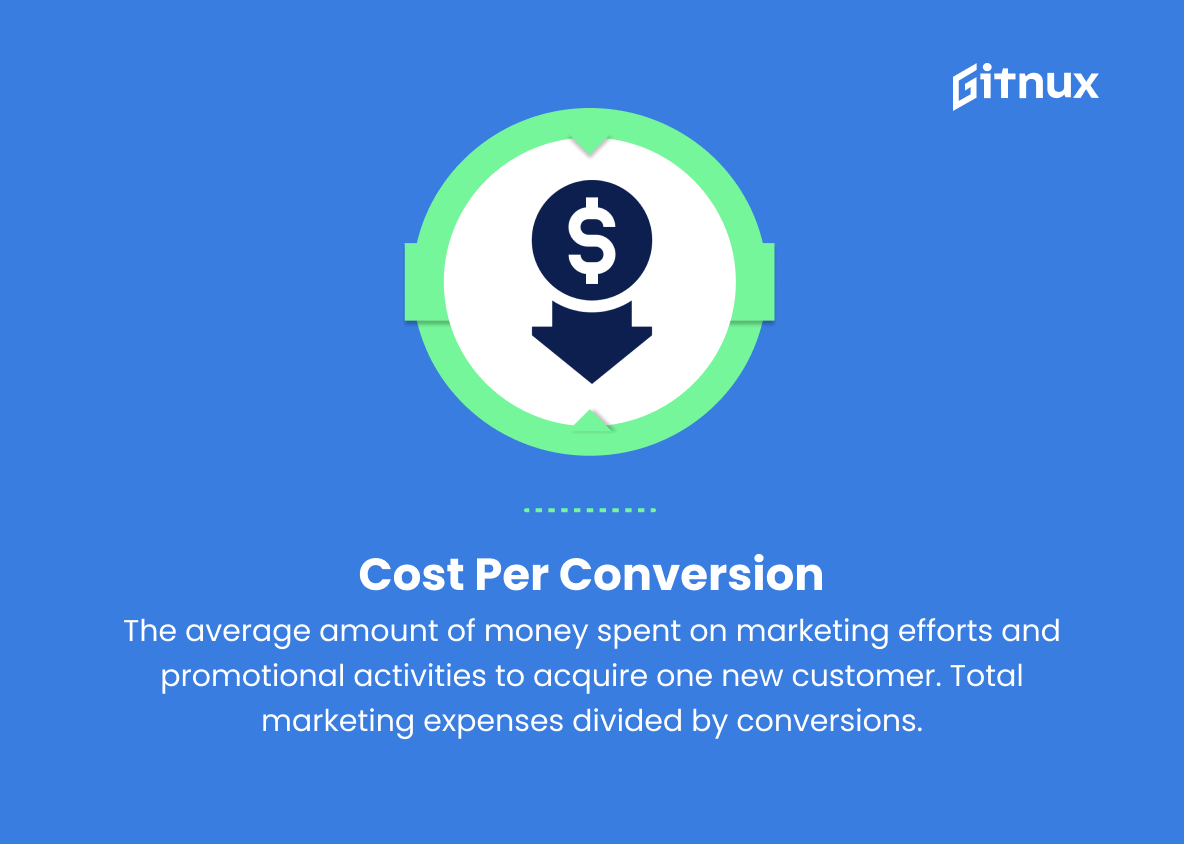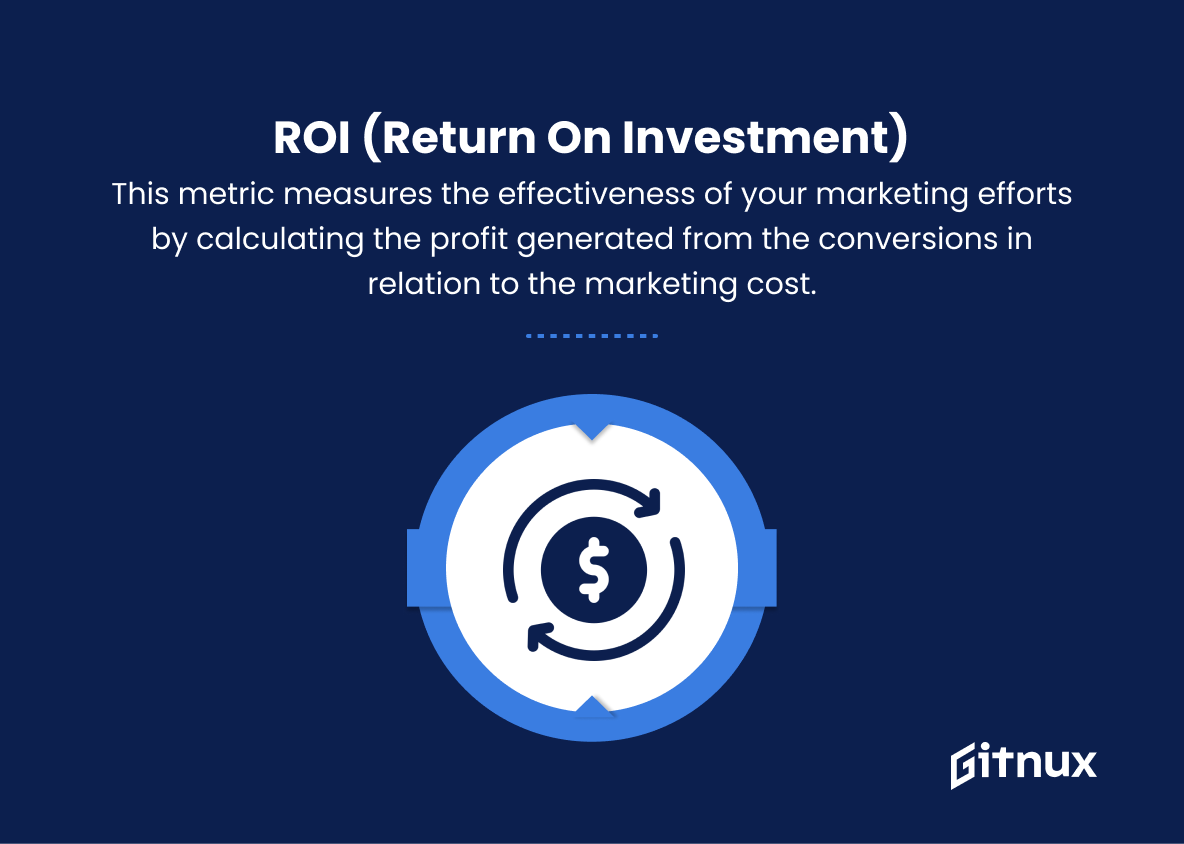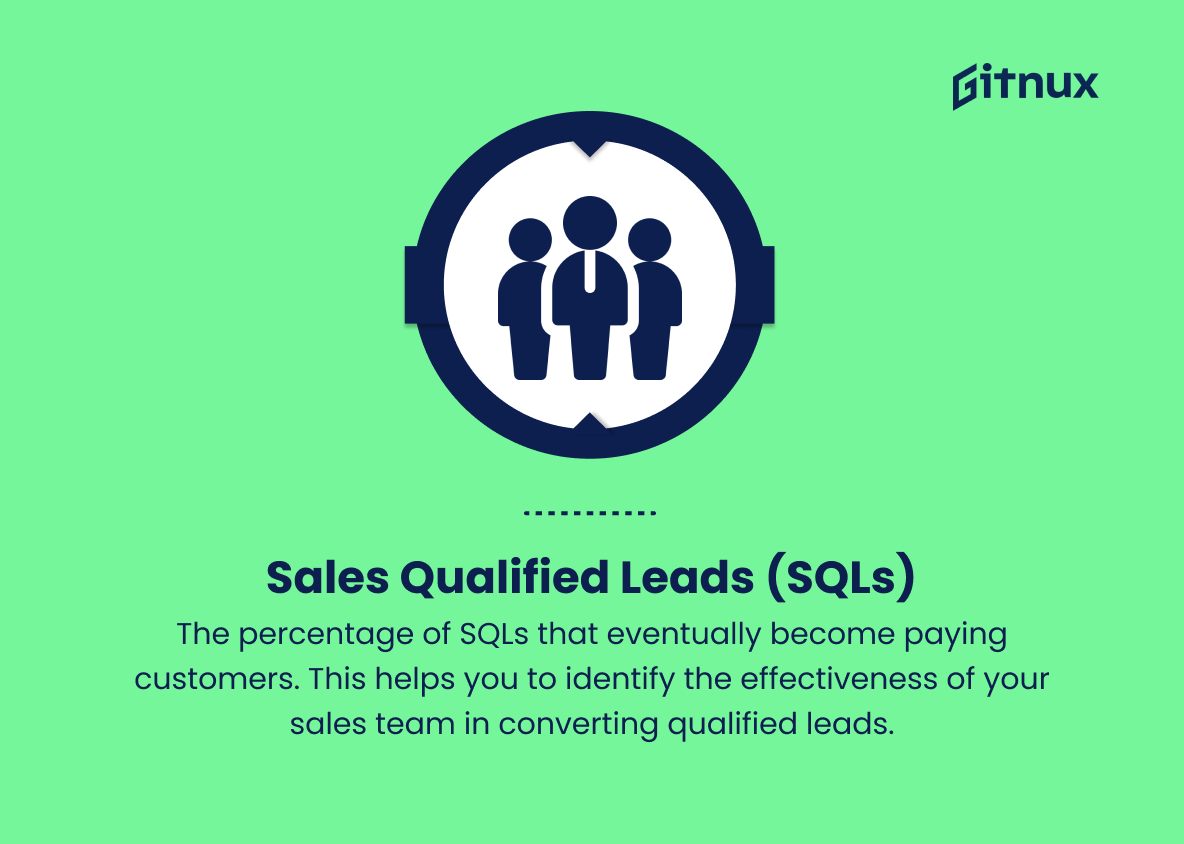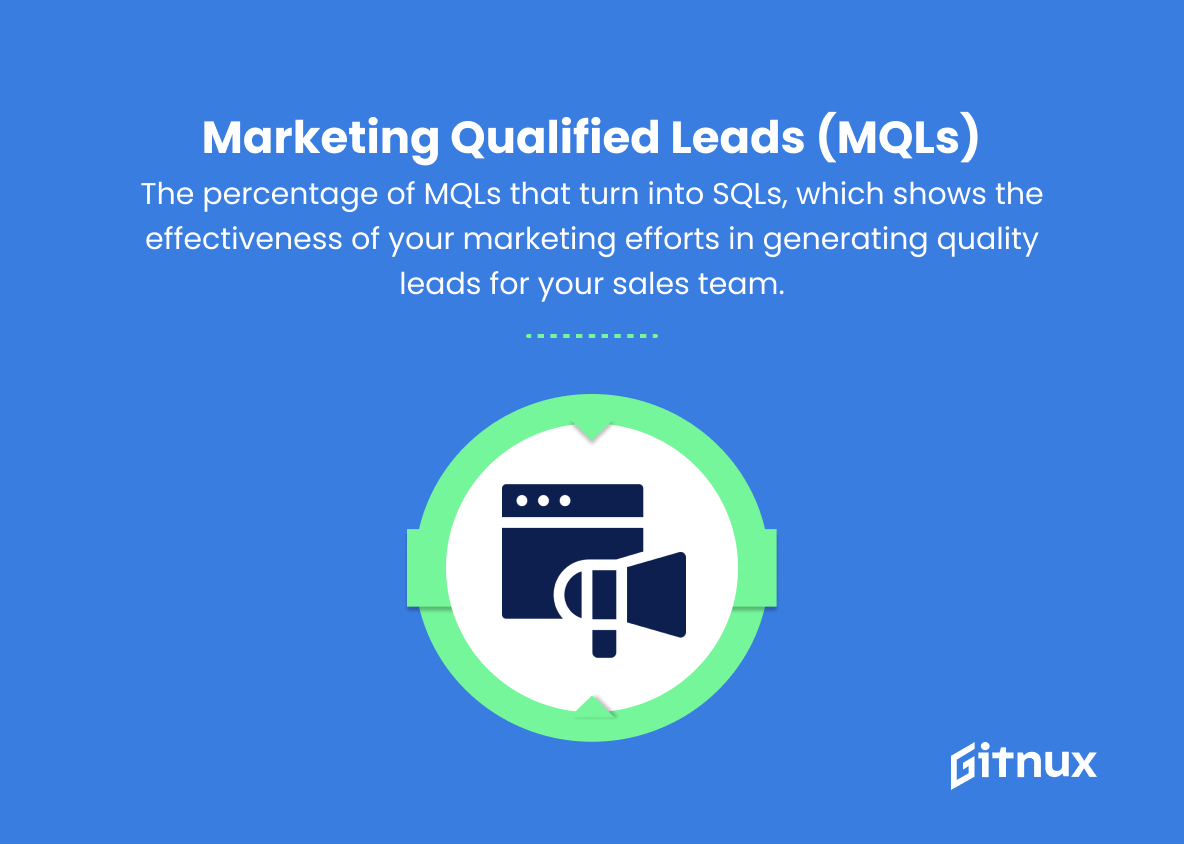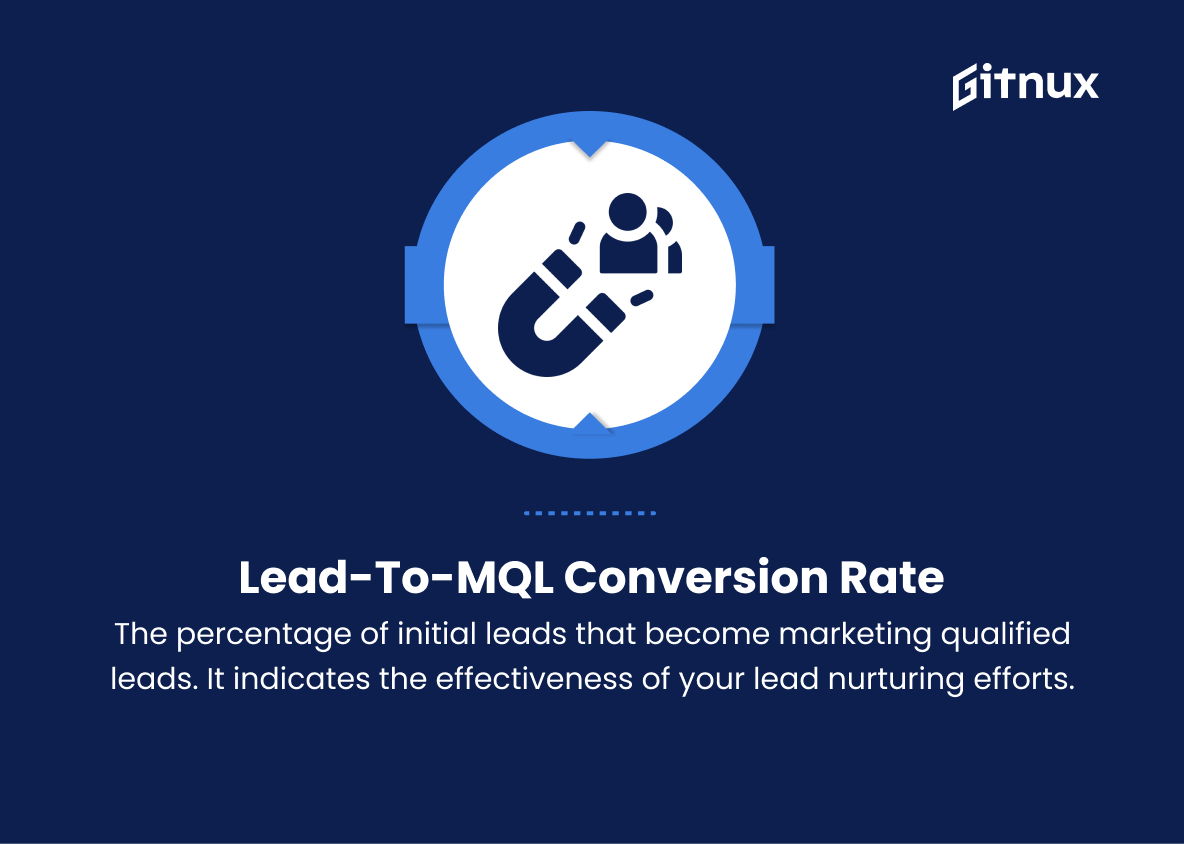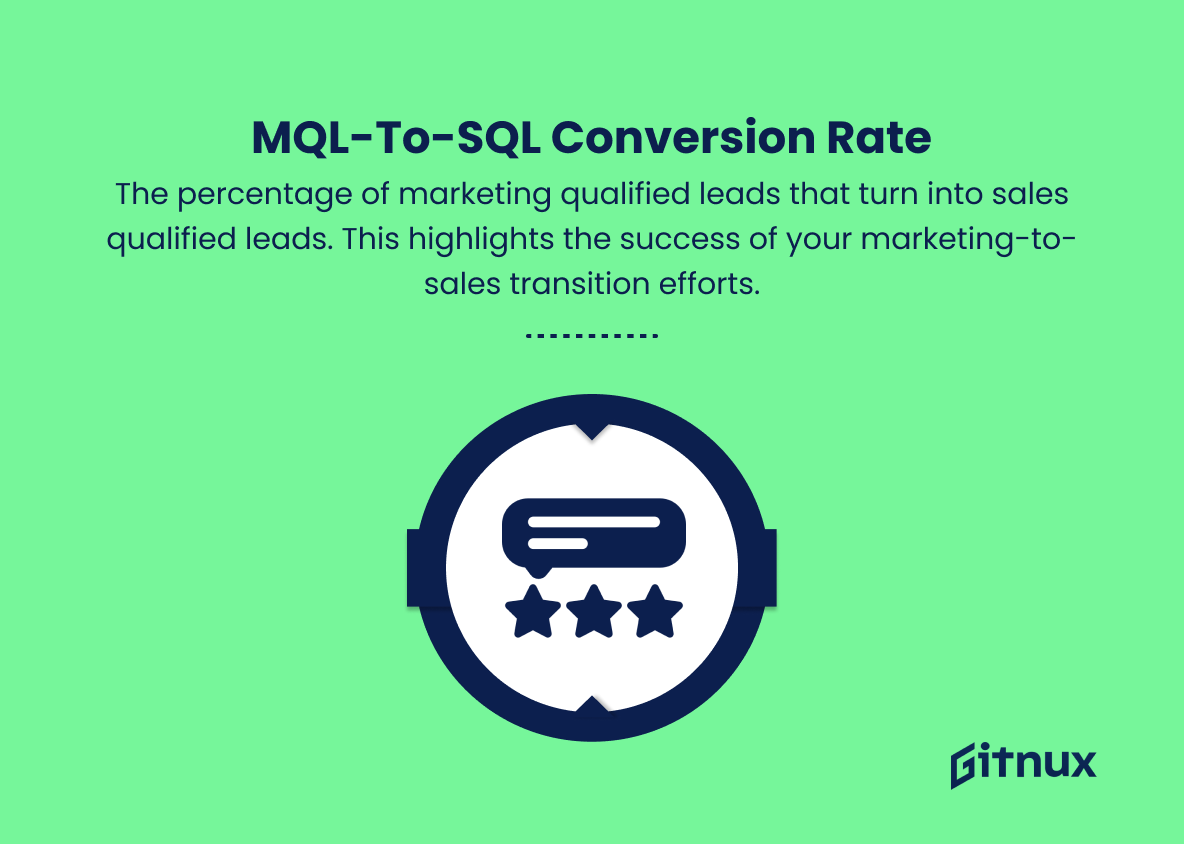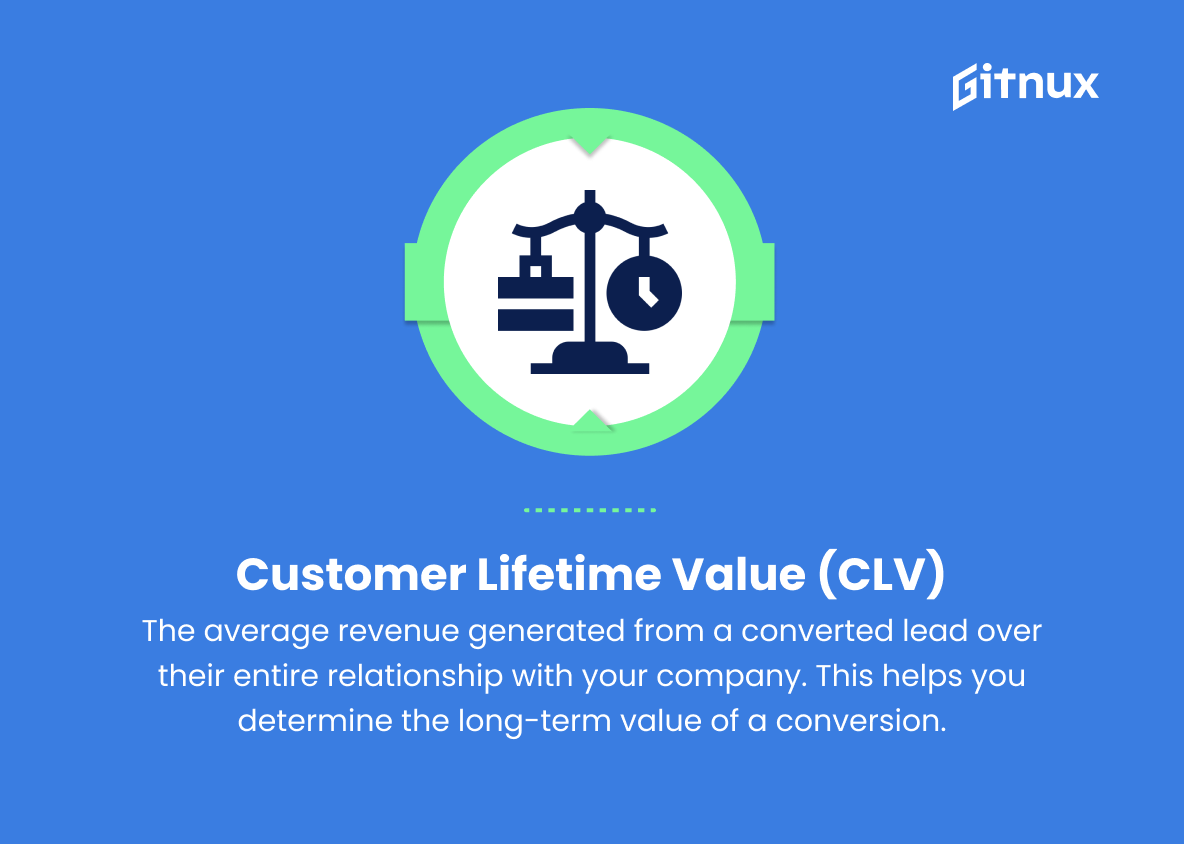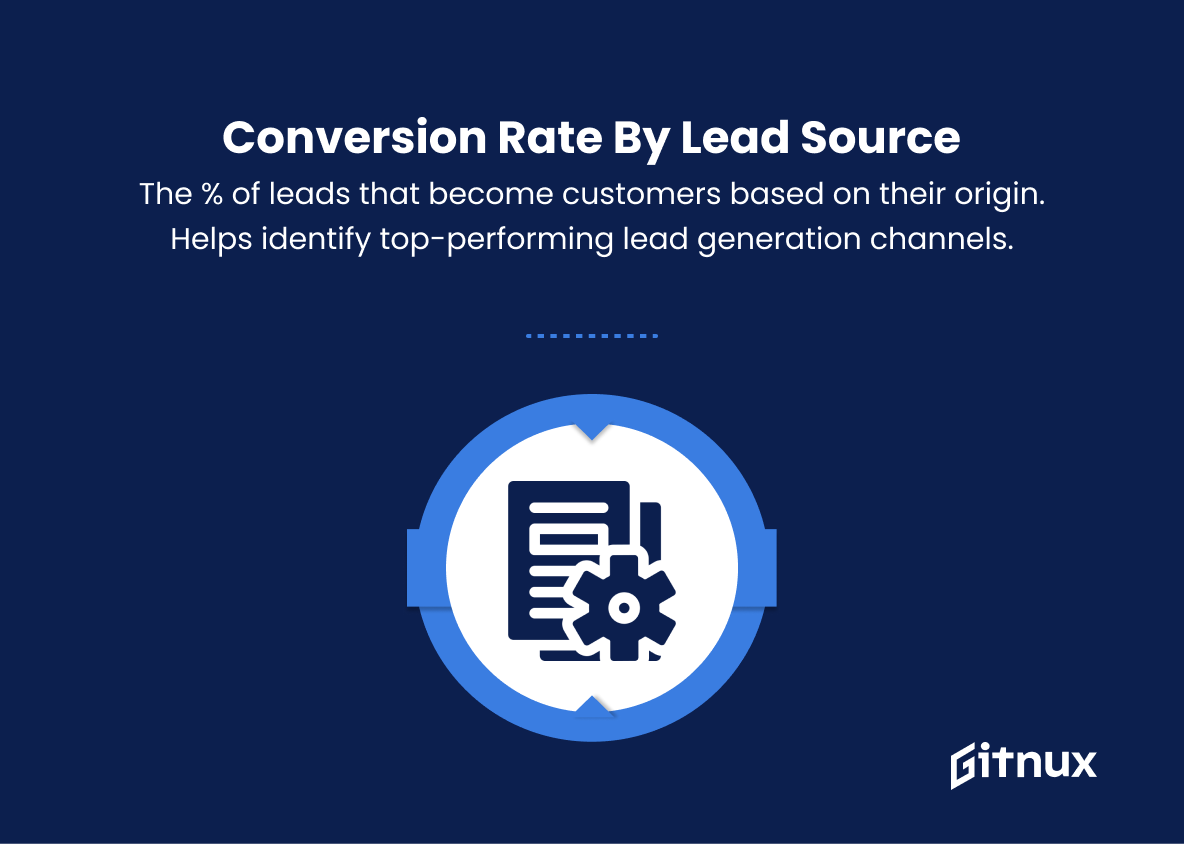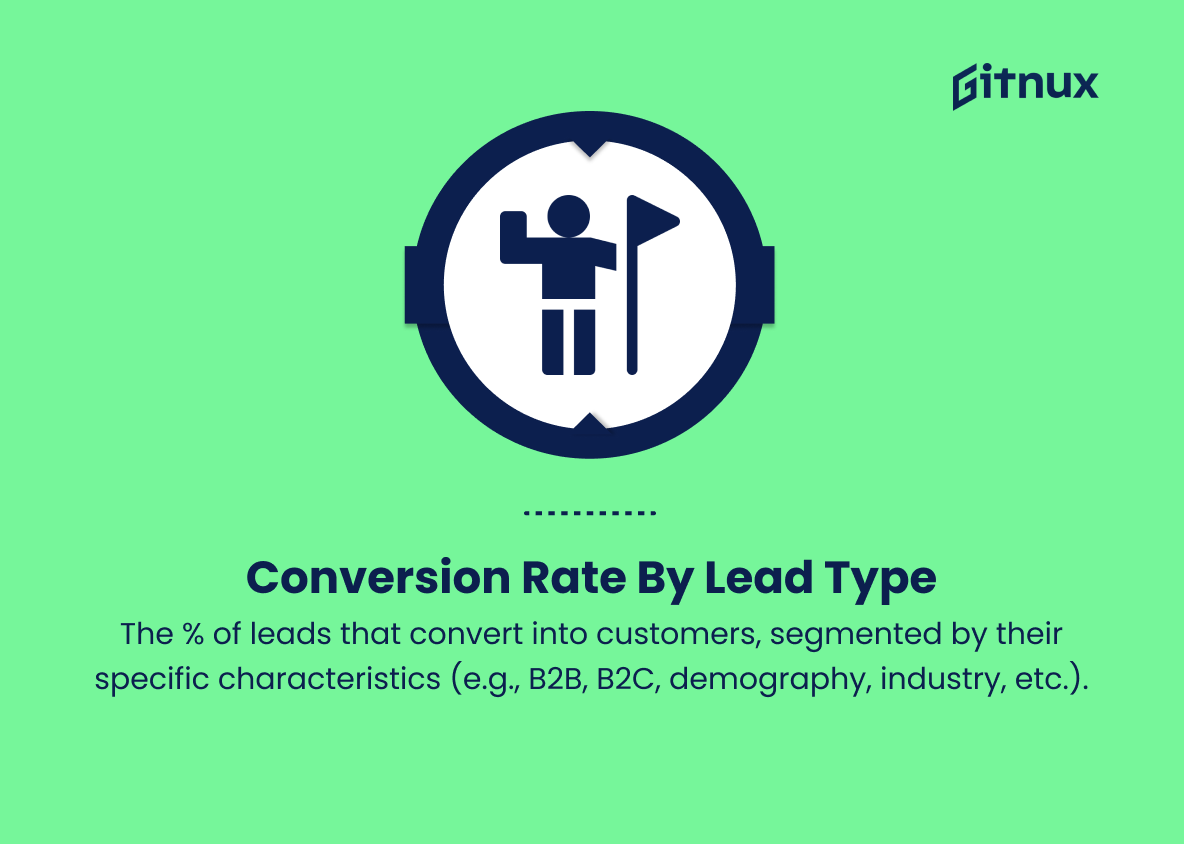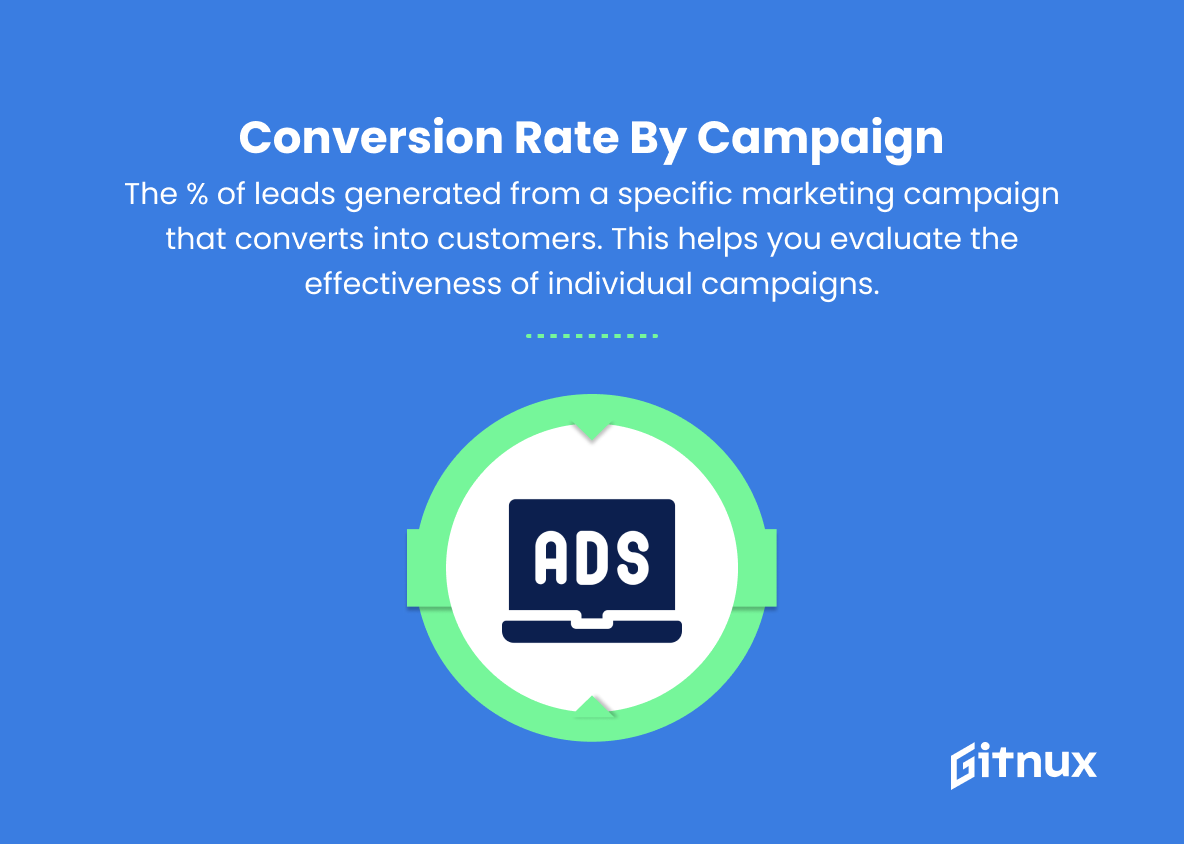In today’s data-driven business environment, understanding the metrics that define success has become increasingly important. Whether you own a small startup or manage a multinational corporation, the ability to measure, analyze, and optimize your lead conversion process is crucial for growth and long-term success. This blog post delves into the often overlooked, yet essential world of lead conversion metrics. We will explore the key performance indicators that you should be focusing on, why these metrics are critical in determining how effectively your marketing efforts are translating into real revenue, and how to make improvements that drive tangible results. Join us as we uncover strategies and insights that can truly empower your business in the ever-evolving landscape of digital marketing.
Lead Conversion Metrics You Should Know
1. Lead Conversion Rate
The percentage of leads that are successfully converted into customers. It is calculated by dividing the number of new customers by the number of leads and then multiplying by 100 to get the rate.
2. Time to Conversion
The average time it takes for a lead to convert into a customer, from initial contact to final sale. This can help you understand the overall efficiency of your sales process.
3. Cost per Conversion
The average amount of money spent on marketing efforts and promotional activities to acquire one new customer. This is calculated by dividing the total marketing expenses by the number of conversions.
4. ROI (Return on Investment) for Lead Conversion
This metric measures the effectiveness of your marketing efforts by calculating the profit generated from the conversions in relation to the marketing cost.
5. Sales Qualified Leads (SQLs) Conversion Rate
The percentage of SQLs that eventually become paying customers. This helps you to identify the effectiveness of your sales team in converting qualified leads.
6. Marketing Qualified Leads (MQLs) Conversion Rate
The percentage of MQLs that turn into SQLs, which shows the effectiveness of your marketing efforts in generating quality leads for your sales team.
7. Lead-to-MQL Conversion Rate
The percentage of initial leads that become marketing qualified leads. It indicates the effectiveness of your lead nurturing efforts.
8. MQL-to-SQL Conversion Rate
The percentage of marketing qualified leads that turn into sales qualified leads. This highlights the success of your marketing-to-sales transition efforts.
9. Customer Lifetime Value (CLV) for Converted Leads
The average revenue generated from a converted lead over their entire relationship with your company. This helps you determine the long-term value of a conversion.
10. Conversion Rate by Lead Source
The percentage of leads that convert into customers, segmented by the source from which they were generated (e.g., email, social media, referrals, organic search, etc.). This can help you identify the most effective lead generation channels for your business.
11. Conversion Rate by Lead Type
The percentage of leads that convert into customers, segmented by their specific characteristics (e.g., B2B, B2C, demography, industry, etc.). This helps you understand which lead types are more likely to convert, allowing you to optimize targeting and nurturing efforts.
12. Conversion Rate by Campaign
The percentage of leads generated from a specific marketing campaign that converts into customers. This helps you evaluate the effectiveness of individual campaigns and informs future marketing efforts.
Lead Conversion Metrics Explained
Lead conversion metrics are vital in evaluating the effectiveness of your marketing and sales efforts. By monitoring metrics such as lead conversion rate, time to conversion, and cost per conversion, you can gain insights into the efficiency of your sales process and marketing spend. Additionally, understanding your ROI for lead conversion, as well as your SQL and MQL conversion rates, helps you assess the success of your sales and marketing teams when it comes to nurturing and converting leads. Focusing on lead-to-MQL and MQL-to-SQL conversion rates can also optimize your lead nurturing and marketing-to-sales transition initiatives.
Moreover, analyzing customer lifetime value for converted leads enables you to determine the long-term value of each conversion while considering conversion rates by lead source, type, and campaign can provide valuable information on the most effective lead generation channels, targeting strategies, and marketing campaigns overall.
Conclusion
In conclusion, understanding and tracking lead conversion metrics is pivotal for businesses looking to optimize their digital marketing strategies and drive growth. By examining key performance indicators such as conversion rate, cost per conversion, and return on investment (ROI), marketers can make informed decisions about allocating resources, targeting audiences, and refining their campaign messaging. Continuous improvement and analysis will not only boost lead generation but also enhance overall business performance. In the ever-evolving landscape of digital marketing and lead generation, staying on top of these metrics is crucial for staying ahead of the competition and achieving success.
